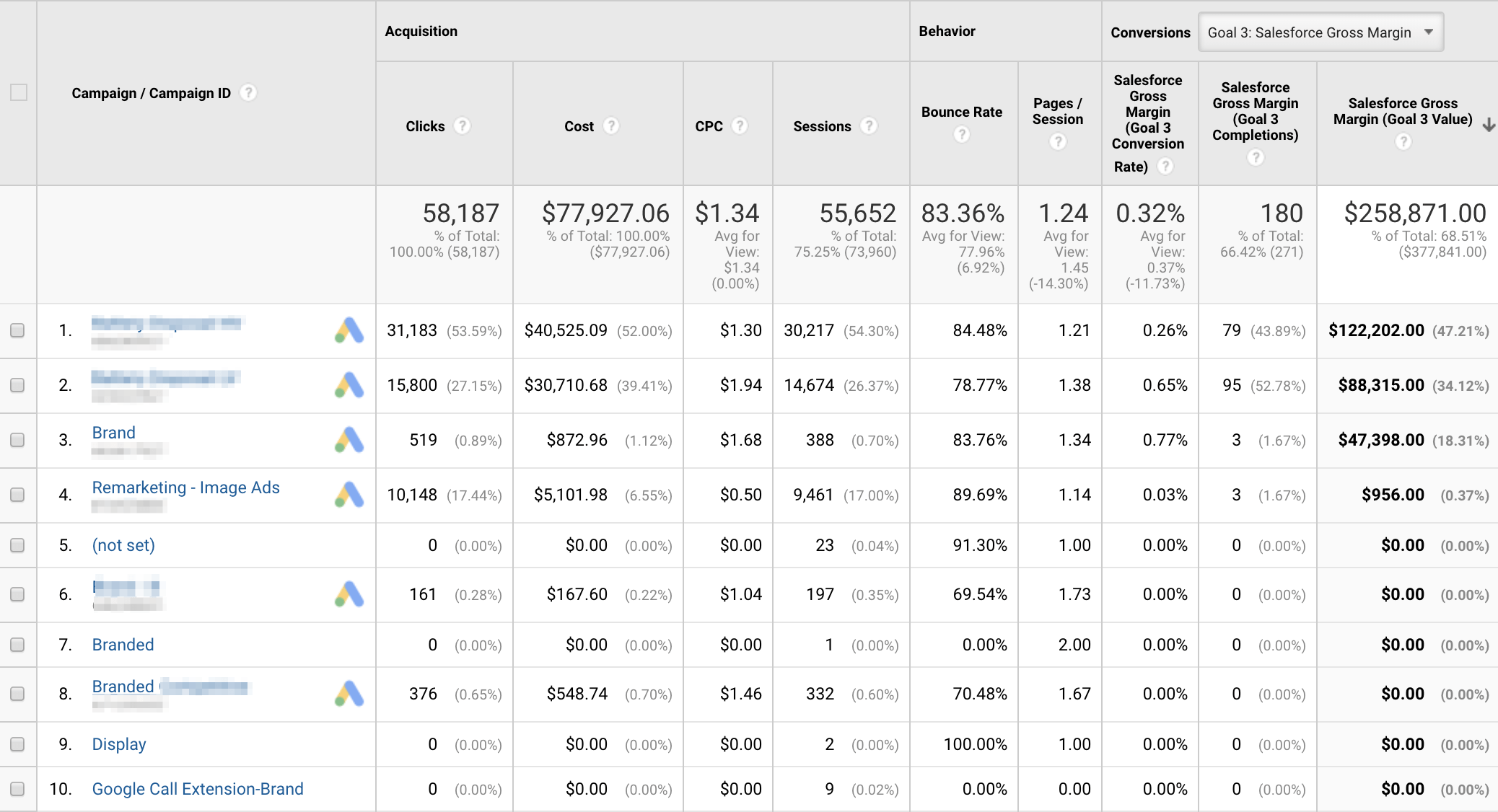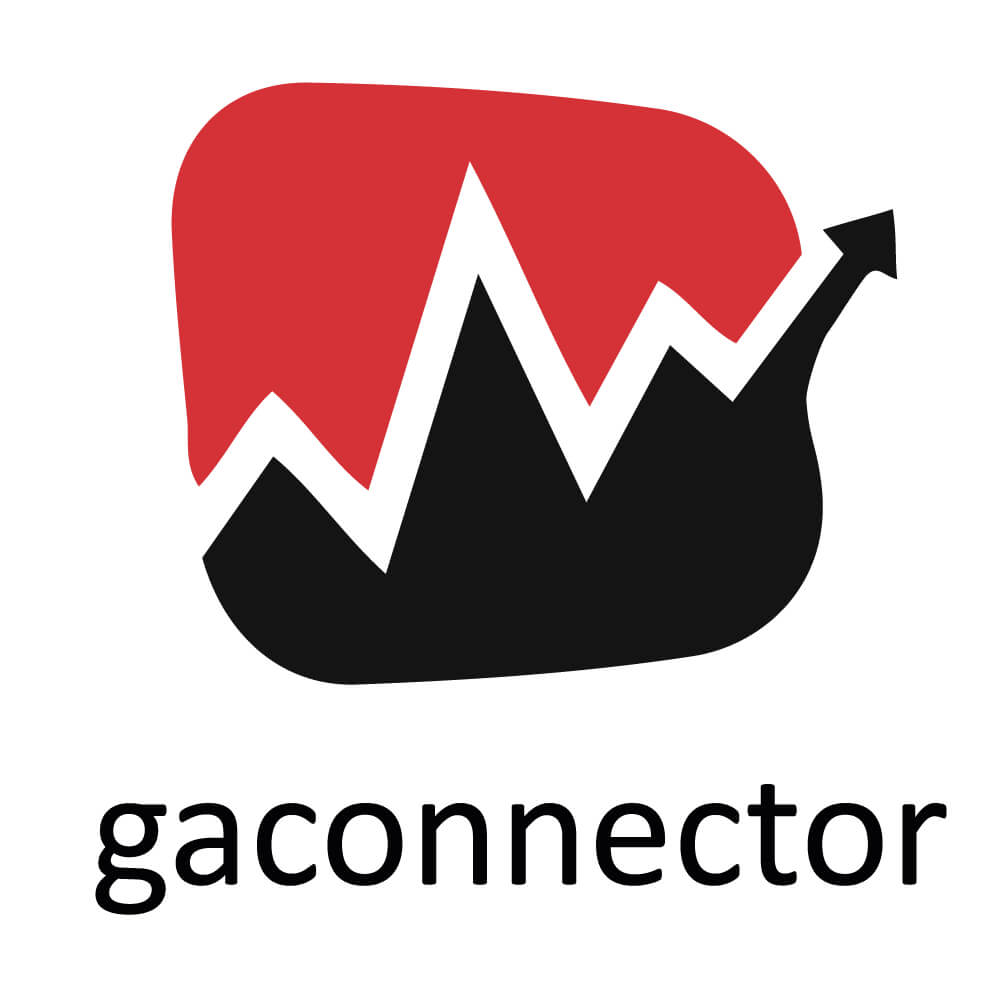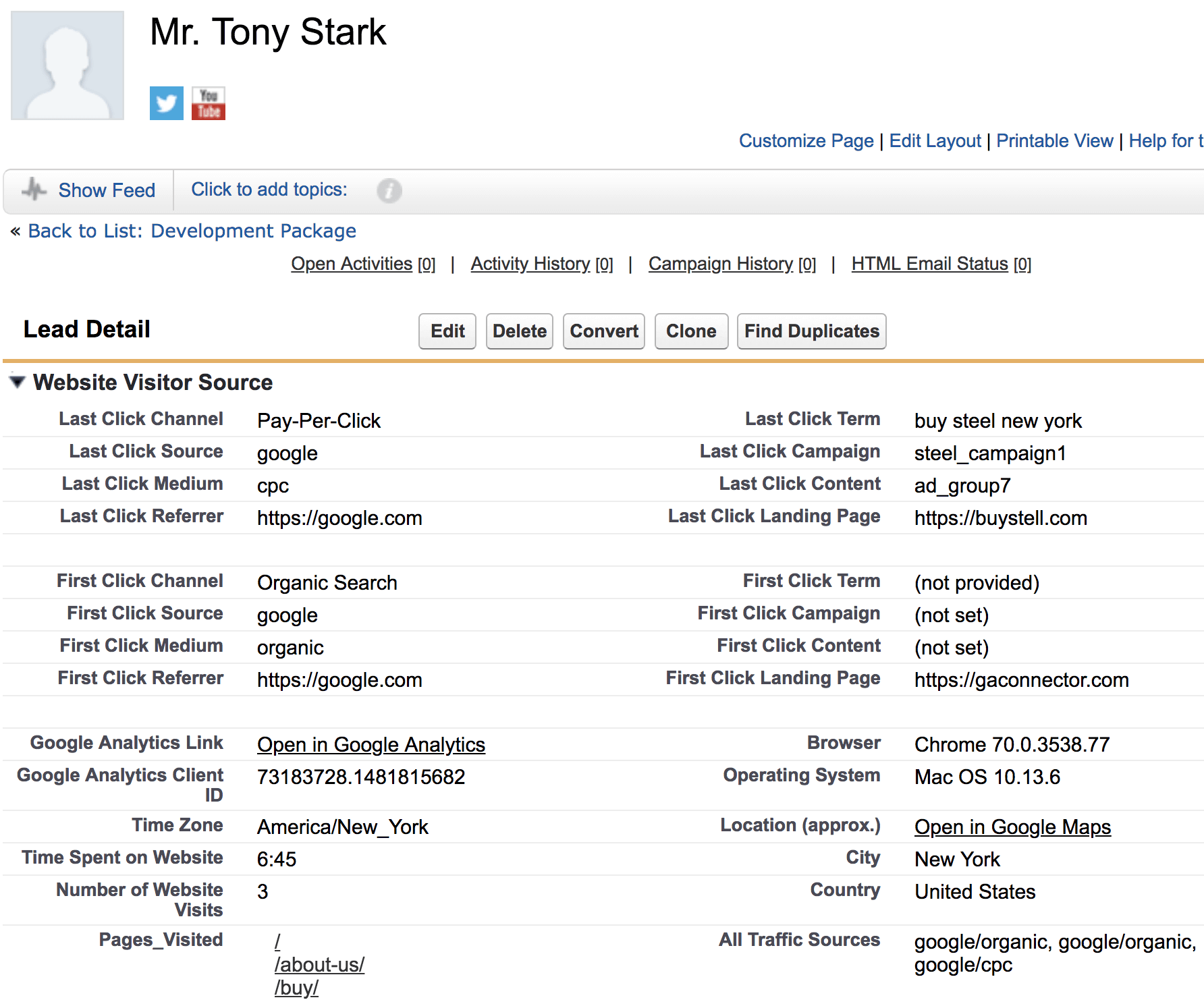Why ROI on your Google Adwords spend is so important

If you’re trying to improve your AdWords campaigns and measure how well your online business is doing, you’re probably aware of how important Return on Investment – ROI is, especially Google ads ROI because the most important metric for Google Ads is ROI. Not impressions, not clicks, not click-through rate, but ROI. Because in online advertising, it all comes down to money spent vs. money generated. Everything else is secondary.
Far too many people get caught up trying to increase clicks on Google ads campaigns or tweaking user experiences so that they spend a few more seconds on their website. When looking at a Google ads account, you’ll be presented with a lot of raw data. While it can be useful in optimizing your site, don’t get lost in the data because ROI is the sole deciding factor of a successful Google ads campaign.
We’re going to look at some of the issues associated with ROI calculation and how to measure ROI on your advertising costs – specifically on Google Adwords. While Google gives you its own ROI on ads – but that isn’t accurate for most businesses. That means it probably won’t give you the correct value either.
How other metrics might mislead you

The trouble with good reporting tools like Google Analytics is that they sometimes provide too much data. But there’s one metric you must take seriously when analyzing your ad campaign – your ROI for total ad spend – or return on every dollar spent on all advertising campaigns. This can also be known as ROAS.
Other metrics, like CTR and conversion rates, are useful – but can also be misleading. You see, getting obsessed with how many clicks a page or site gets as a result of ads or search terms is a mistake many business owners make. While more clicks are generally better for your business – they don’t necessarily translate into more conversions. They especially don’t give you a good idea of how well your search engine advertising is doing – because they don’t consider ad spend, distribution costs, cost of goods sold, or profit generated.

To check your net profit, you need to analyze Google ads performance, i.e., conversions and ROI on Google ad campaigns.
While you can subtract your advertising cost from total sales, this calculation has a problem. It’s too crude. You won’t know exactly which of your Google ads campaigns have done well and which haven’t. You might have an overall total, but you won’t know which ads outperformed the others. So you’ll have no clue spending on which Google ads campaigns are a good investment versus where you need to cut back.

That’s why you need a detailed and clear way of looking at your advertising spend and integrating the right tools into your reporting. That way, you can ignore irrelevant metrics and only get the most relevant information when spending your marketing dollars.
Another problem in traditional advertising is increasing CTR rather than improving your Return On Investment metrics. If you target negative keywords, you’ll attract freeloaders that are never likely to be your customers. Sure, you could get a ton of clicks and social engagement, but that’s no good for your business.
Why ROI is the most important metric for Google Ads

If you haven’t integrated the right tools and strategies into your backend – you won’t know where your sales are coming from. Especially if people sign up and then a team member calls them, it’s hard to know if someone arrived at your site through search queries or an ad.
That’s why tracking ROI on Adwords campaign is so important.
You won’t get the whole picture when you only look at broad profit margins compared to advertising spend. Once you know the details, you’ll be able to stop underperforming ads compared to high-performing ones. This sort of information can effectively turn your ad spend into positive ROI in your balance sheet.
How to measure your Google Ads ROI

Firstly, Google Analytics already gives you an ROI figure, but that’s incorrect. Why?
Great question.
Because it doesn’t know your other costs and assumes the revenue minus total cost is net profit. To get a more realistic figure of Adwords ROI, use the following ROI formula:
ROI = (revenue x margin – cost) / cost
This gives you a more specific number than Google’s calculation, as it takes your cost and margins fully into account. You can also integrate this info manually, but there are tools (like advertising ROI calculators) that can help you without having to manipulate and edit spreadsheets yourself.
But most importantly, you need to know the exact dollar value of each Google ad, individual keywords, and adverts. And to do it, you need to start using UTM parameters. This will help improve monitoring so that you can get more value out of a campaign.

Simply add these UTM parameters to your destination URLs. After that, your developers can write a script that retrieves these UTMs and saves them alongside each form submission.
You can then use all this information to better understand how people landed on your website in the first place. Moreover, you can also know which keywords bring you the best buyers, the highest spenders among them, and your lifetime customers.
You can even find out which customers came from a different channel while still being influenced by one of your Adwords ads. Ultimately, you can precisely calculate ROI for every single advert or keyword.
But fiddling around with UTM parameters isn’t always easy – that’s why the right tools could help integrate everything effortlessly so you can get the exact results you need within seconds.

Our software tool called GA Connector can help integrate your analytics into CRMs (customer relationship management tools) like Salesforce. – That means you can have all the information you need to measure ROI along with a host of detailed reports and metrics.
Want the most detailed information on total ad spend across multiple platforms, with real-time data, and tools you need to analyze them? You can do so by integrating your Google ads campaigns into your CRM platform with tools like GA Connector.
Look at how GA Connector stores all the information you need to utilize better-performing keywords and maximize conversions.

Conclusion
Hopefully, you’ve now seen how important calculating ROI of a Google ads campaign is for your business. Whether you’re selling info-products or physical products, you should also be aware of how ROI can sometimes be calculated incorrectly and how other metrics might be misleading. If you want to make the most of your marketing efforts and hopefully grow your business in the long term, you need to know exactly which campaign initially attracts visitors to your website.
Simply calculate ROI on Google ads correctly, be ahead of your competitors, and see a better ROI on Google ads costs.



